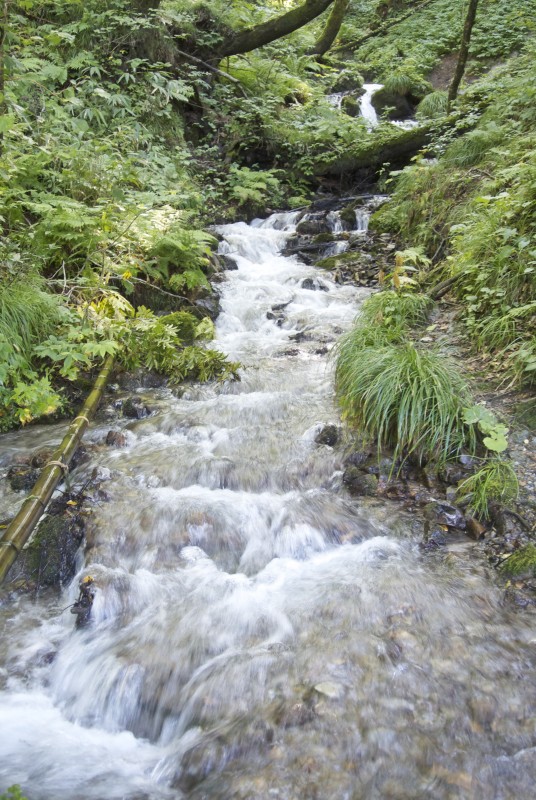This is part of an ongoing series about travelling the length of Japan by train, and consists of passages with a Shinto or spiritual flavour. They are extracted from a … Read the rest
Category: Poetry (Page 1 of 5)

Sanzan means three mountains, in this case referring to Mt Haguro (414 m / 1360 ft), Mt Gassan (1984m / 6509 ft) and Mt Yudono (1504m / 4934ft ). The three sacred mountains in Yamagata Prefecture are said to represent … Read the rest
It’s on the outskirts of Kyoto. It’s in spacious woodland. It dates back to the eighth century and pre-Heian times. It’s little-known, but once it was counted amongst the top 22 shrines of Japan.
Oharano Shrine is closely associated with … Read the rest

The American poet and photographer, Nancy Wood (1936-2013), had an evocative name for someone inspired to write nature poetry. She was influenced by the Native American culture of shamanism, particularly the Pueblo peoples in the area around Taos in New … Read the rest
One of the leading arbiters of poetry in early times was Fujiwara no Teika (1162-1241), a giant of  Japanese verse who also compiled Hyakunin Isshu – 100 Poems by !00 Poets. Like others of his time, he saw divine purpose … Read the rest
Japanese verse who also compiled Hyakunin Isshu – 100 Poems by !00 Poets. Like others of his time, he saw divine purpose … Read the rest
The following is extracted and adapted from an academic paper brought to our attention by Green Shinto supporter, Paul Carty. The paper is a Masters Thesis from the University of Massachusetts Amherst and is entitled, ‘Poems of the Gods of … Read the rest
 There are many individuals who exemplify the close ties between Zen and Shinto in Japanese history, particularly in the period before an artificial line was drawn between Buddhism and ‘the indigenous religion’ in Meiji times.
There are many individuals who exemplify the close ties between Zen and Shinto in Japanese history, particularly in the period before an artificial line was drawn between Buddhism and ‘the indigenous religion’ in Meiji times.
One such person is the … Read the rest

